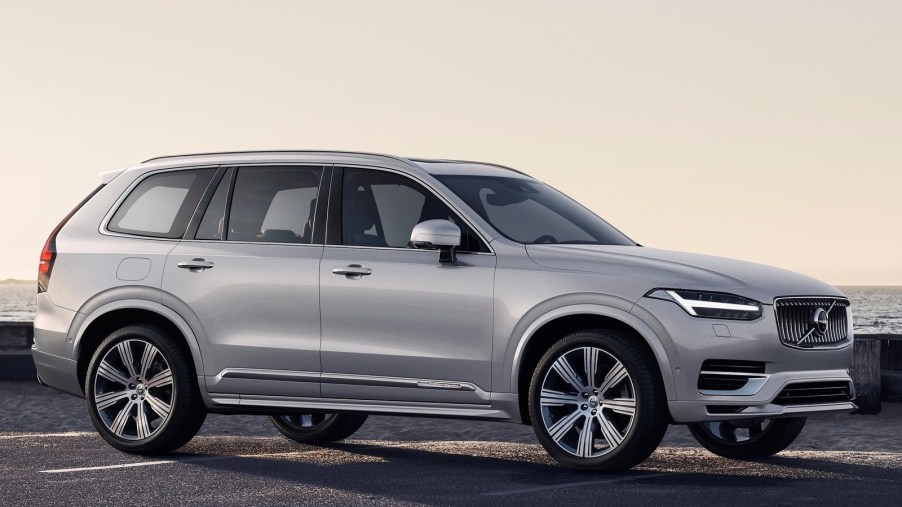
Why Did Volvo Patent a Sliding Steering Wheel?
We’d like to think that we do a solid job of staying on top of all the most important automotive news. At least if it has consumer value or will probably interest even casual car enthusiasts. After all, we love reviewing cars and giving buying advice, but it’s also important to make sure our readers know what’s going on in the industry.
But sometimes, while reading back through older articles, we realize we missed something. In this case, it looks like we’re the last ones to have noticed Volvo patented a steering wheel that slides from one side of the car to the other. It would be one thing to see something like that on a concept car, but a patent suggests there’s more here than a wild idea for a futuristic concept.
Wait, the steering wheel slides?

As The Drive reported early last month, Volvo has indeed patented a steering wheel that can be moved from the left side of the car to the right (and back). The wheel is reportedly meant to be used on cars that aren’t quite close enough to being fully autonomous to remove the steering wheel altogether. This is a bit of an oversimplification, but think of it like really, really advanced adaptive cruise control that will still need occasional human intervention.
A sliding steering wheel is supposed to be useful?
It’s possible we could see Volvo use a version of this idea to save money building cars. Since the gauges appear to move with the wheel, and there are screens on both sides, Volvo could theoretically build a single car for left-hand and right-hand drive markets. Without as many unique parts to work with, that would (again, in theory) reduce manufacturing costs.
In a world where driver-assist technology has advanced to the point that it’s no longer necessary to keep your hands on the wheel at all times, the use case for a sliding steering wheel is a little different. It would actually allow either someone sitting on either side of the car to take over when necessary. It also appears that the steering wheel could be left in the middle, giving passengers more room to relax.
When will the sliding steering wheel go on sale?
We’re not going to say it’ll never happen, because there’s no telling what technology will look like in 25 or 50 years. At the moment, though, we’re pretty sure it’ll be a long, long time before something like this is feasible. Tesla may have just unleashed its “Full Self Driving” software on the world, but according to the Society of Automotive Engineers, Tesla’s system is still only Level II.
To put it bluntly, the jump to Level III is going to take a while. And far beyond that, Volvo needs the even more advanced Level IV to become a reality before it can roll out a production version of the sliding steering wheel. So if you were hoping self-driving cars would keep your grandparents mobile longer, you’re probably out of luck.
But maybe your kids will be able to use one in a few decades? Maybe? Let’s just say that when it comes to production-ready, truly safe autonomous driving, it’s best to stay out of the prediction business.


